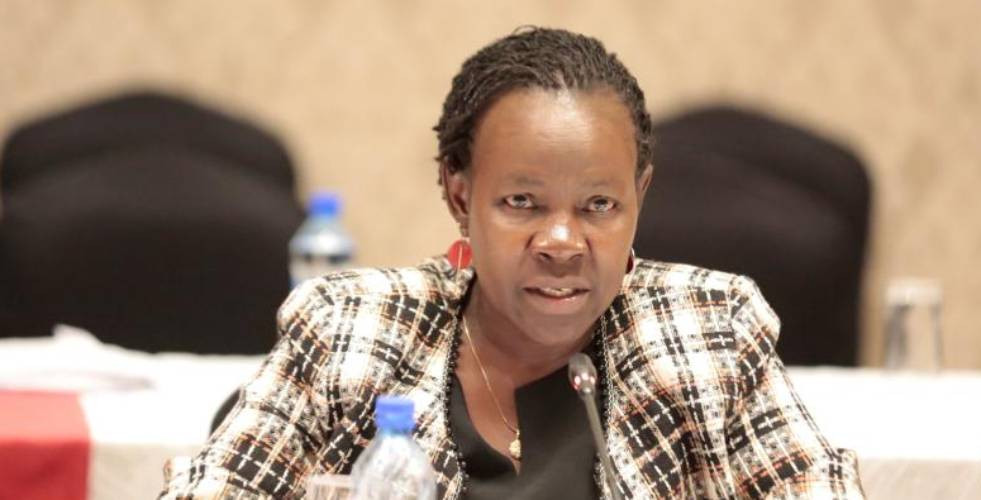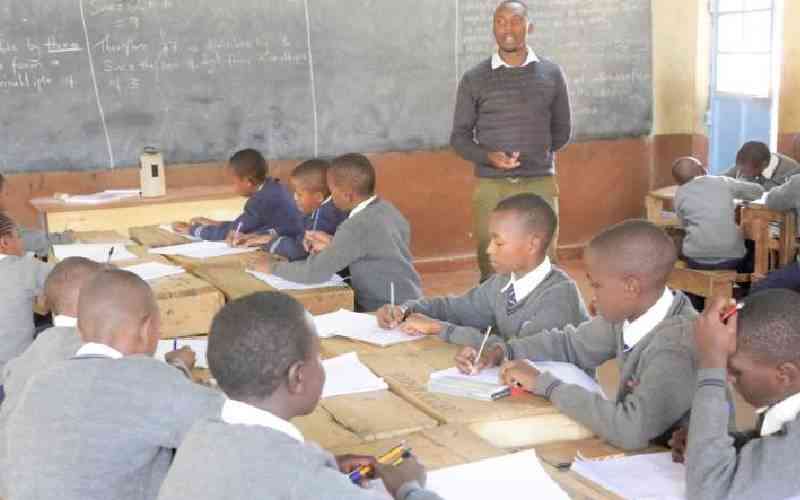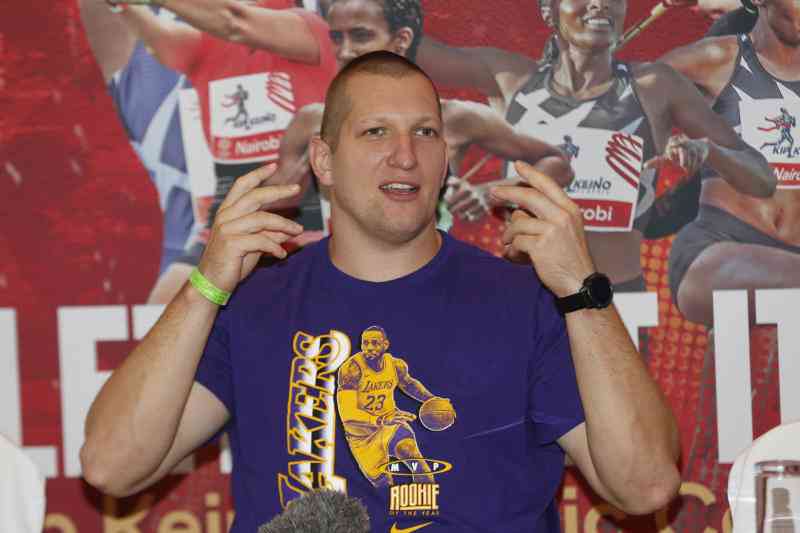Secondary school head teachers have pitched a strong case for higher funding to increase staff and improve infrastructure to support the rising enrollment rate.
In a report tabled at the ongoing annual meeting in Mombasa, the secondary school heads painted a grim picture of the financial situation in schools, saying funding of the sector since 2016 has not matched student numbers.
And the situation has been made worse by the 100 per cent transition campaign that has seen classes surge with students each year.
The Kenya Public Secondary Schools Assessment report lists increased enrollment, high remuneration costs and expenses of sustaining additional teaching and support staff as some of the reasons that have pushed up the cost of managing secondary schools.
Also listed are the high cost of utilities such as electricity, water, sewerage and maintenance, coupled with the inadequate teaching staff and inadequate learning equipment.
The report finds that whereas the Ministry of Education has apportioned funds for infrastructure development from government grants, the total amount disbursed did not increase.
“Instead, it was removed from other vote heads and the amount is still not sufficient to fill the gap for infrastructure in most schools. Expenditure on supplies equipment and infrastructure also recorded an upward trend,” reads the report.
Schools rely heavily on fees paid by parents and the ministry subsidy.
The report reveals that the average annual income of each school had effectively decreased vis-a-vis the student population, from an average of Sh5 million (sub county schools) and Sh42 million (national schools) in 2016, to between Sh9 million and Sh51 million in 2017. Last year, the figure was an average of between Sh9 million and Sh38 million respectively.
“An analysis of the income and expenditure shows that over the three years, schools have on average registered a deficit of 11 per cent in their cost of operation,” reads the report.
Even though the report recommends that both parents and government dig deeper to reduce the deficit, Education Cabinet Secretary George Magoha rejected the move.
The report handed to Magoha says that deficit is an indication of the pressure school managements endure to in running the institutions, thereby impacting on quality, efficiency and effectiveness.
The survey was conducted in randomly sampled schools in Kiambu, Garissa, Uasin Gishu, Nairobi and Siaya counties between April and May 2019. Of the schools, the survey found some institutions had up to 1,965 students.
Overall, nearly half of the schools sampled did not have chemistry laboratory, with more than half only recording one laboratory.
School labs
Stay informed. Subscribe to our newsletter
“Only 19 per cent reported they have two chemistry laboratories and deficit in chemistry laboratory was reported by 62 per cent of the schools participating in the survey,” reads the report.
A whopping 76 per cent did not have a biology laboratory, with 22 per cent reporting they had one.
“Schools reporting a deficit in physics laboratory were 87 per cent, with 81 per cent reporting they have no physics laboratory and 17 per cent reporting the school had one physics laboratory,” reads report.
The funding gap is dire in staffing, with the report indicating that inadequate supply of teachers by the Teachers Service Commission (TSC) had forced schools to employ teachers on Board of Management (BoM) terms.
In some schools, especially day secondary schools, these teachers constitute one half or the majority of teaching staff.
On average, the schools had employed six BoM teachers, which cost schools an average of Sh1.1 million a year.
The survey found that the school with the highest number of BoM teachers had 41.
“The amount paid to BoM teachers has been on an upward trend since 2016, as a result of rising BoM teacher numbers to cater for increase in enrollment and the existing deficit,” says the report.
In 2016 for instance, the schools spent between Sh996,900 to Sh2 million on additional teaching staff. The figures went up in 2017 to between Sh1.2 million and Sh1.7 million. And last year, schools spent between Sh1.5 million and Sh3.1 million.
“Despite the high amounts spent on BoM teachers, majority of the schools are still not able to sustain them, because of the low monthly salary they pay, leading to high turnover,” reads the report.
The trend is replicated for non-teaching staff, whose average wage bill stood at Sh2 million per year.
Since 2018, the cost of support staff has gone up despite schools reducing their numbers by combining responsibilities of different cadres/ positions and outsourcing services.
Each school employs an average of 10 support staff, according to the report.
Data shows that the expenditure has increased since 2016, with costs ranging between Sh1 million and Sh3 million annually.
[email protected]
 The Standard Group Plc is a
multi-media organization with investments in media platforms spanning newspaper
print operations, television, radio broadcasting, digital and online services. The
Standard Group is recognized as a leading multi-media house in Kenya with a key
influence in matters of national and international interest.
The Standard Group Plc is a
multi-media organization with investments in media platforms spanning newspaper
print operations, television, radio broadcasting, digital and online services. The
Standard Group is recognized as a leading multi-media house in Kenya with a key
influence in matters of national and international interest.
 The Standard Group Plc is a
multi-media organization with investments in media platforms spanning newspaper
print operations, television, radio broadcasting, digital and online services. The
Standard Group is recognized as a leading multi-media house in Kenya with a key
influence in matters of national and international interest.
The Standard Group Plc is a
multi-media organization with investments in media platforms spanning newspaper
print operations, television, radio broadcasting, digital and online services. The
Standard Group is recognized as a leading multi-media house in Kenya with a key
influence in matters of national and international interest.








